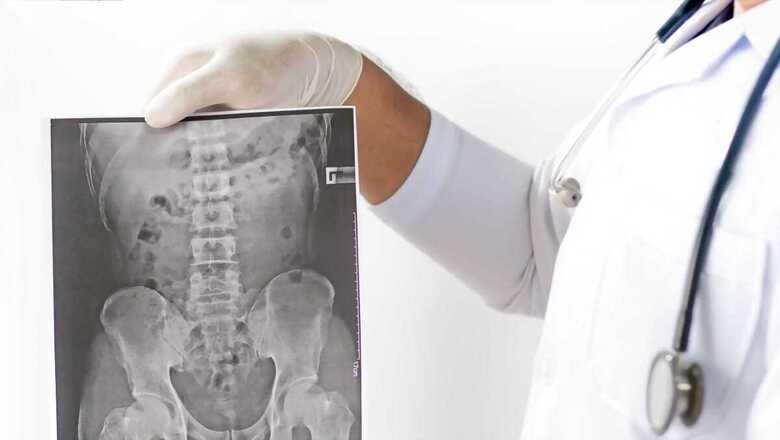
views
According to the Spondylitis Association of America, people often develop AS between the ages of 17 and 45. Most people develop AS in their twenties and thirties.
It is known as a youngster’s disease because it usually appears between the ages of 15-20, and the symptoms are frequently ignored by the children, who blame it on straining and postural alteration. By the time the patient arrives, they are in their 30s, and the condition becomes progressively difficult to treat. It starts early in life, which is why it’s called a youngster’s sickness.
The exact cause of the juvenile ankylosing spondylitis is unknown. The disease is strongly linked to a gene known as HLA-B27. Approximately 80-90% of children with JAS have the HLA-B27 gene.
Approximately 80-90% of children with JAS have the HLA-B27 gene. However, simply possessing the gene does not guarantee that a person would get AS.
- Why is there a higher rate of prevalence of this disease among men as compared to women, is there a rise in AS cases in the post covid era?
Historically, men had greater inflammatory markers in their blood. However, in recent years, the situation has altered, and we now see an equal number of cases in men and women. Men are more likely to have it than women since their inflammatory symptoms are more noticeable. Another issue to consider is that males go to the doctor far sooner than women, who may wait for their back pain to subside.
Yes, there is an increase in AS cases following Covid. There is a high incidence of post-viral arthralgia; the covid virus is well-known for producing inflammatory markers in the body, and we are seeing a rise in AS after 3-5 years as a result.
- Understand the long-term effect of AS and symptoms of AS?
The first symptoms would be early morning back pain and stiffness. Furthermore, eye redness can develop, which is usually overlooked or misunderstood as an optical issue. One of the most common AS symptoms is loose stools. Heel discomfort can also manifest itself. Early morning back pain and stiffness would be severe, making it difficult for the patient to get out of bed. If there is eye, heel, or bowel involvement in addition to the early morning back discomfort, we can start screening for AS. The best remedy for this would be exercise. Symptoms commonly start in the hips or lower back and proceed upward. When we screen for AS, we take an MRI of the sacroiliac joint (SI).
Dos and Don’ts to keep AS at bay
Dos
- Consult your doctor when you feel you have the symptoms of AS
- Get yourself screened for the same
- Start exercising and be active to keep AS symptoms at bay
- Stress less, act more
Don’ts
- Do not overexert yourself
- Start taking care of your nutrition
- Do not stop exercising
- If you have AS and have children – get your children screened at the age of 15


















Comments
0 comment